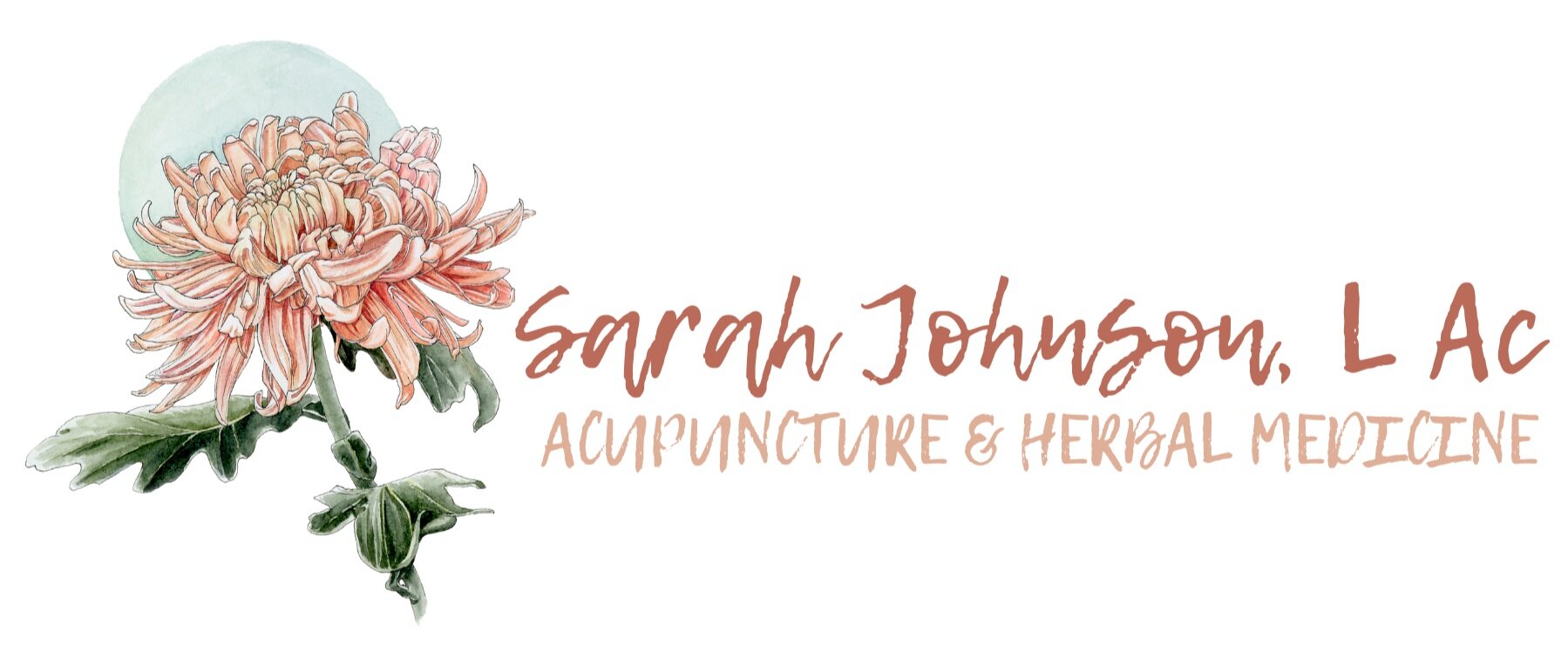Acupuncture 101: Back To The Basics
The History of Acupuncture
Acupuncture originated in China thousands of years ago, where it is believed that sharpened stones were used to deliver treatment as long ago as 6000 BCE.
There’s some speculation that a similar practice was developing in other parts of the world too. The mummified remains of an “Ice Man” who lived in the European Alps in 3300 BCE show tattoos that suggest he received a form of acupuncture that presumably developed independently of East Asia’s tradition.
Unlike other ancient treatments, acupuncture has stood the test of time and grown and developed as a healing modality. The reason is simple – It works.
What is Acupuncture & Why Does it Work?
Acupuncture continues to be popular today and is practiced all over the world. To understand how it works, we first need to look at the philosophy behind it, namely the idea that human beings have qi (pronounced chee). Qi is often described as energy, but in reality, qi describes the way the body is intelligent. It’s all the ways the body is aware and can act to restore balance and health. That consciousness is qi, and acupuncture is one of the ways we can influence our qi and prompt our body’s self-healing abilities. Acupuncture is like a nudge, signaling our bodies to create a physiological response. The practice of acupuncture in a modern clinic involves placing very fine, single-use needles at specific points on the body.
Here is a short video of Dr. Helene M. Langevin, Director of the National Center for Complementary and Integrative Health at the National Institutes of Health talking about how acupuncture works in the treatment of inflammation using our connective tissue to transmit information.
An acupuncturist is skilled at choosing the correct combination of acupoints to prompt the intended change in the body. We decide where to place the needles based on a Chinese medicine diagnosis. This is a method of diagnosis that identifies patterns and relationships in the body. It expresses the complexity of our wholeness and the relationships between our organ systems.
What Can Acupuncture Help With?
Acupuncture treatment can help the body release a spasmed muscle or interrupt the signal of pain. It can prompt a release of chemicals that allow the body’s immune system to modulate or promote hormone balance. Ultrasound has been used to show that acupuncture increases blood flow and circulation, and MRI readings demonstrate that acupuncture can prompt observable changes in the brain. Wide-ranging research suggests that acupuncture can do everything from improving sleep to increase blood flow in the umbilical cord of pregnant women to easing mental health struggles.
This may sound too good to be true. How could one simple, painless intervention achieve so many different things? The answer is fairly simple. It’s a way of communicating with your body, and your body is capable of healing itself —it does that every day as it restores order and balance. Acupuncture is merely a very efficient prompt to guide that process —one that has been used for thousands of years in increasingly sophisticated ways.
Your First Visit
At your first acupuncture treatment, it is best to wear comfortable, loose-fitting clothes, such that your exptremeties and abdomen are easily accessible. You might feel a small pitch or nothing at all at insertion, and afterward, many patients report feeling a slight movement at the acupunture point or in other areas of the body. While resting and after your treatment, most people feel deeply relaxed and sometimes slightly euphoric.
Before treatment, it is good to eat at least a small snack 1-2 hours and be hydrated. It is also good to empty your bladder before you lay down for treatment.
After treatment, don’t plan for anything super stressful: heavy exercise, hard conversations, or long drives, for example. Instead, you want to be able to move slowly and rest so that the effects of treatment can integrate. You also want to be sure to drink lots of water after treatment.
Each treatment takes somewhere between 30 and 90 minutes, and this varies depending on your unique case, symptoms, and your practitioner.

